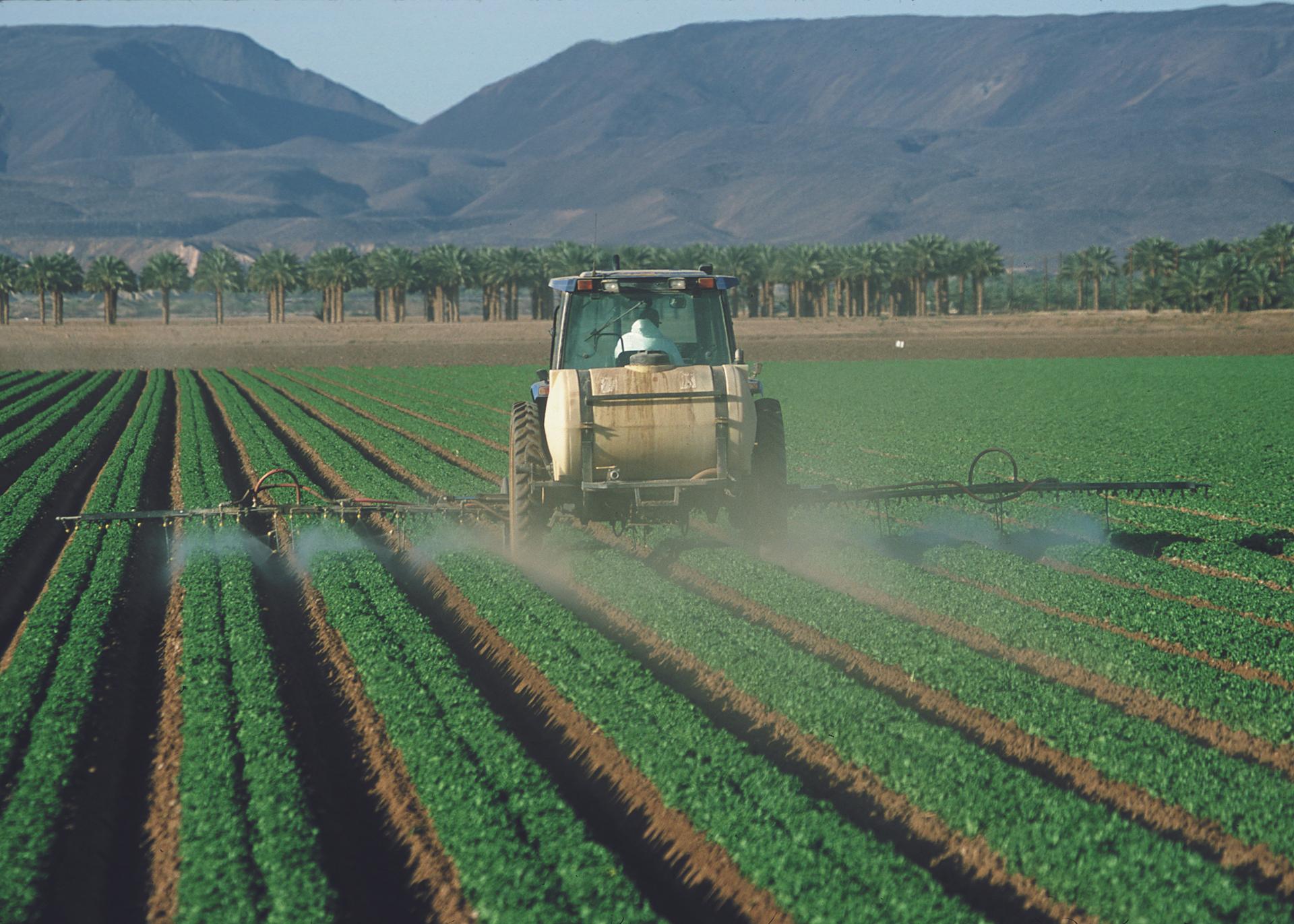Three major pesticides are likely to harm nearly all US endangered species
There are several pesticides being used in the US that are harming even killer whales.
On Jan. 18, the US Environmental Protection Agency released its first nationwide biological evaluation of three commonly used pesticides. The report found that all three were harmful to virtually all endangered species in the US.
The three pesticides — chlorpyrifos, malathion and diazinon — are "organophosphate insecticides." Organophosphates kill insects and pests by targeting their neuronal pathways, much like a nerve gas would attack humans. These neuronal pathways are present in almost all animals, however, so organophosphates are just as harmful to mammals, fish and other organisms as they are to insects, says Nathan Donley, senior scientist at the Center for Biological Diversity.
“Chlorpyrifos is used on everything from watermelons to wheat to soybeans and apples,” he explains. “Malathion is used on many different crops, as well. Malathion is a little bit different because it is also used to kill adult mosquitoes; it can potentially be sprayed over vast swaths of the country where there are mosquito abatement programs.”
The EPA found that nearly all of the nation's endangered species could potentially be harmed by chlorpyrifos and malathion, and three-quarters may be harmed by diazinon, Donley says. “This analysis has been years in the making and was a collaborative effort between the EPA, Fish and Wildlife Service, National Marine Fisheries Service and the USDA. These agencies followed the recommendation of the National Academy of Sciences in designing a process to accurately assess risk to individuals of many different endangered and threatened species.”
The agencies created a map of where these pesticides can be used legally, and then overlaid it with another map identifying the range of all US endangered species in order to see where they overlapped, Donley explains. Then they examined the peer-reviewed literature and looked at studies done by the pesticide companies that measured how toxic their chemicals are for different taxa of animals and plants. Finally, they identified where those safety thresholds were exceeded.
The agencies concluded that 97 percent of all US endangered species could potentially suffer adverse effects from the pesticides.
Some well-known endangered animals didn't make the list — the polar bear and the beluga whale, for example — but the analysis found potential harms to the whooping crane, the West Indian manatee, the gray wolf, the Miami blue butterfly and, surprisingly, the killer whale.
“Logically, [the killer whale] doesn't really seem like an organism that would have much exposure to these farm chemicals,” Donley says. “However, this harm was not due to direct contact, but because these chemicals are extremely harmful to salmon, which the southern resident orca relies on for food. So, you can get a sense of how in-depth this analysis went. The EPA and Fish and Wildlife really deserve a lot of credit for putting it together.”
The US Fish and Wildlife and the National Marine Fisheries Service will next begin to craft mitigation measures, Donley says. He says he expects to see "some low-level measures designed to make sure that these pesticides don't make their way into endangered species’ habitat." He believes these measures will likely have only a minimal impact on agriculture.
“What needs to be stressed is that this analysis by itself is really not going to result in bans on any of these pesticides,” he explains. “Harms to endangered species are really easily dealt with. Just stop using them where these species exist. For most of these imperiled species, this does not cover a whole lot of area. From our view, making small concessions on where these chemicals can be applied is more than reasonable; otherwise, we could lose these amazing creatures forever.”
This article is based on an interview that aired on PRI’s Living on Earth with Steve Curwood.
Every day, reporters and producers at The World are hard at work bringing you human-centered news from across the globe. But we can’t do it without you. We need your support to ensure we can continue this work for another year.
Make a gift today, and you’ll help us unlock a matching gift of $67,000!
